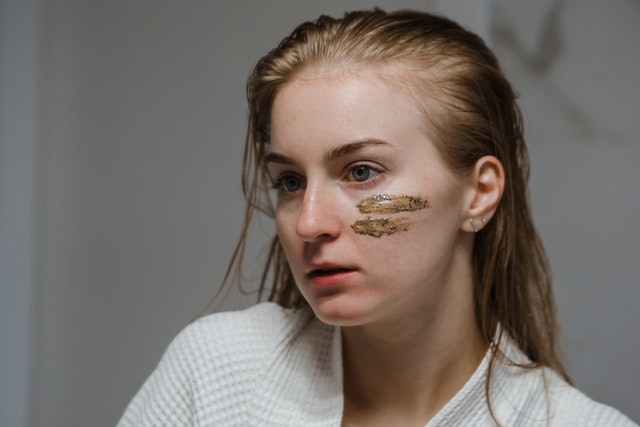At its essence, a dermaplaning facial is a treatment that removes unwanted fine hair from the face. This ‘peach fuzz’ or to give it its official name – vellus– is eliminated during this hugely popular cosmetic option – one that’s become even more popular since the start of the pandemic.
So, how does it work? Using the same basic principle of shaving with a razor, dermaplaning uses a super-sharp blade to gently and painlessly scrape the fuzz away, but that’s far from all it removes. Also eradicated during the process are any dead skin cells that have built up, making the epidermis look uneven and dull.
Helping your Skincare Products Work Better
Dermaplaning facial treatment provides the same kind of benefits offered by exfoliation in that it helps your skincare products to work more effectively. By removing any barrier that exists between your healthy skin and the products you use, they’re then able to penetrate much more deeply than they otherwise could.
So, What are the Pros & Cons?
Ok, so now we know what dermaplaning is, let’s delve a little deeper and look at the pros and cons that come along with it.
The Pros – In addition to allowing makeup and skincare products to sit more easily on the surface of the skin, the treatment also lends the skin a certain ‘glow’ – something that results from new cells refracting light more effectively.
Also, an excess of fine hair can make women much more self-conscious and lacking in confidence, especially when it covers the cheeks. Getting rid of it offers increased self-esteem.
The Cons – Just like with any product or treatment, there are a couple of drawbacks to dermaplaning that usually occur when it’s not done correctly. This is of particular interest to those who use one of the many DIY kits you’ll find on the market.
Pain is one of them, as an untrained hand can get the scalpel snagged on the hair and cause you to flinch in discomfort. In severe cases, scarring can be left behind. Even home kits that have safety guards fitted can result in this kind of damage.
Another drawback to DIY dermaplaning is that untrained people sometimes wrongfully determine the existence of vellus hair on their face. This leads to the wrong type of facial hair being removed and thicker growth occurring afterwards.
Those Who Shouldn’t Have a Dermaplaning Facial
So, what you should take from this is that DIY dermaplaning comes with its risks. Professionals train for years, gaining the knowledge of when the treatment should be carried out and when it shouldn’t. That’s before we get onto the fact that they’ve got the skill to avoid damaging the skin.
Professionals will also know when your skin is unsuitable, which is typically the case when you have cold sores, acne or any kind of skin infection. This is because the process can spread bacteria from one part of the face to another – causing unnecessary inflammation and further infection.
Dermaplaning Facial Should Always Be Done By a Pro
Dermaplaning can be a fantastic option for ladies wanting to rid themselves of that pesky peach fuzz, but even though it’s a minor type of treatment, it still needs to be carried out by a trained professional – for all the reasons mentioned.
Sure, it costs more to have it done by a pro, but the money you pay looks like awesome value when compared to scarring your face permanently.

